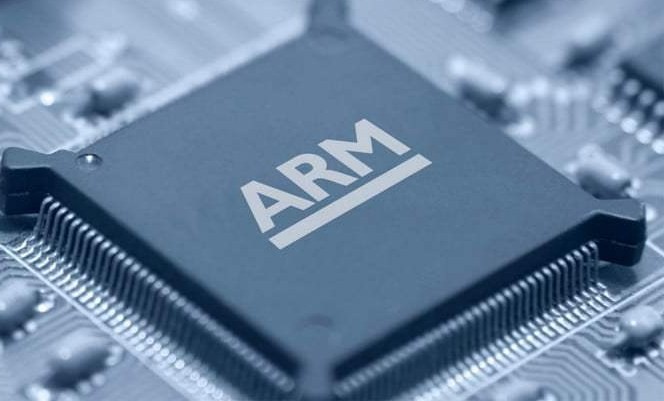ARM - Advanced RISC Machines
Tracing their origins back to the mid-1980s, ARM processors are based on the Reduced Instruction Set Computer (RISC) architecture developed by Advanced RISC Machines (ARM).
A RISC processor concentrates on keeping the diversity of instructions to a minimum, while also keeping those instructions as simple as possible. One instruction is executed per clock cycle, which ensures predictable processing and eases acceleration techniques such as pipelining. The simple instructions require relatively few transistors in silicon, giving chip designers freedom to optimise parameters such as cost and power consumption. On the other hand, with fewer instructions to choose from, and one instruction per clock cycle, a large number of instructions can be needed to complete a given task. This can lead to heavy dependence on RAM and slow execution times for complex workloads that CISC processors can handle more easily and quickly.
ARM processor features include:
- Load/store architecture.
- An orthogonal instruction set.
- Mostly single-cycle execution.
- Enhanced power-saving design.
- 64 and 32-bit execution states for scalable high performance.
- Hardware virtualisation support.

ARM processor
ARM is a type of Reduced Instruction Set Computer